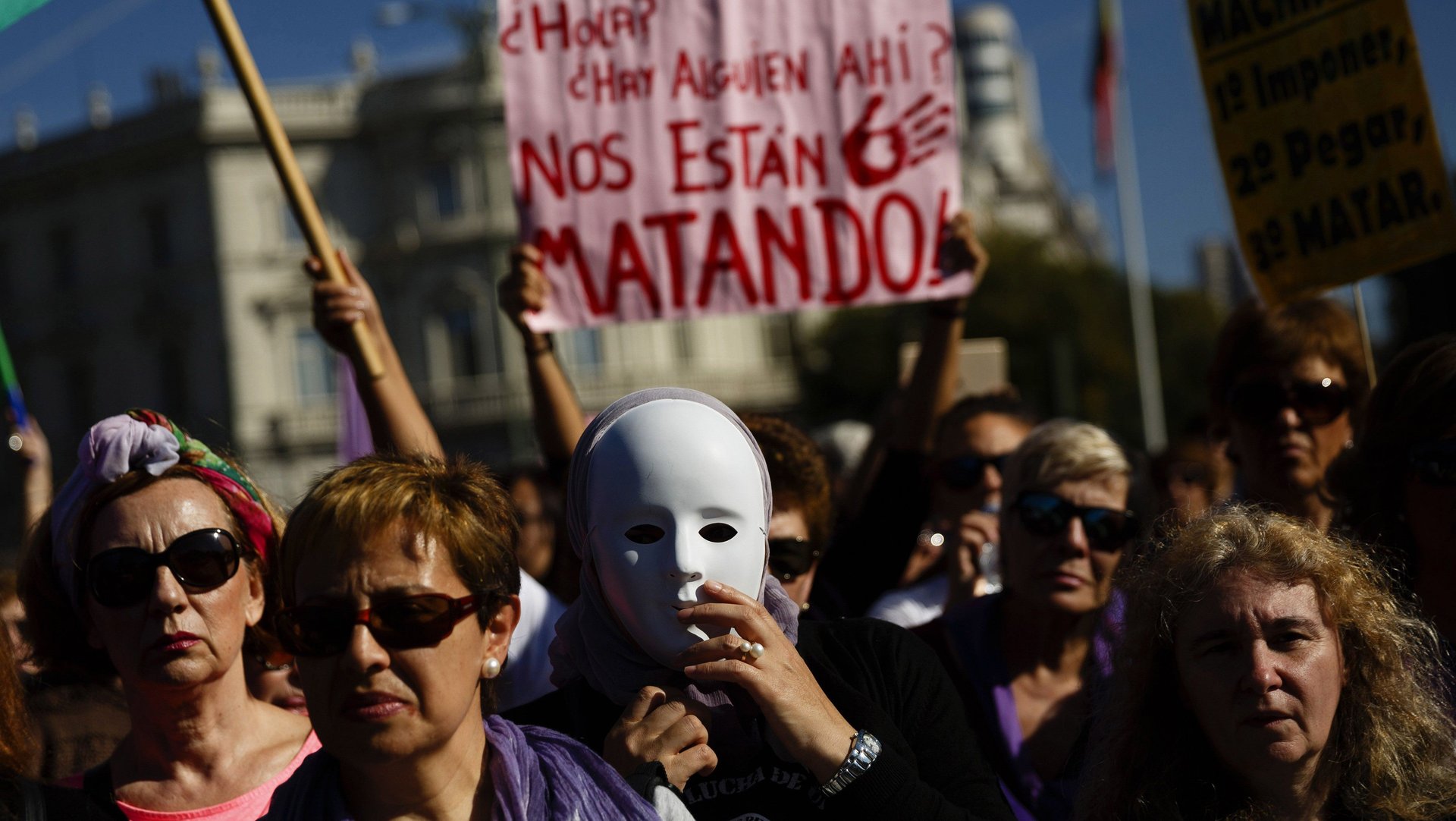Warning: Violence against women can seriously damage your country’s economic health
Violence against women has many long-lasting ill-effects. Among them: Stalling economic growth.


Violence against women has many long-lasting ill-effects. Among them: Stalling economic growth.
Here are some statistics to consider for today, which is the International Day for the Elimination of Violence against Women.
In Latin America, where one out of every three women experiences domestic abuse, the cost of violence against them ranges between 1.6% and 3.7% of GDP, depending on the country, according to the Inter-American Development Bank. That’s around the same as what developing countries spend on primary education, the agency notes.
In Bangladesh, the cost is more than 2% of GDP, while in Australia it’s closer to 1.5%, a 2014 World Bank report shows (pdf, page 67.)
Worldwide, the economic losses due to domestic violence against women amount to more than 5% of global GDP, according to an analysis by the Copenhagen Consensus Center. That by far exceeds the costs of homicide and civil war, the group says.
The economic impact is so large because domestic violence is so prevalent in both rich and poor countries.
Violence against women hits the overall economy because it increases the cost of services such as health care and policing, according to the World Bank report. In the US, for example, women who have suffered physical abuse have 42% higher health-care costs than women who have not, the report shows.
Domestic abuse also reduces productivity and wages for both the victim and the perpetrator. Women who suffer it miss work more and earn less, according to studies in Vietnam and Tanzania. Meanwhile, a study in the US state of Maine found that about half of offenders have difficulty concentrating at work and almost 20% reported having a workplace accident or a near miss.